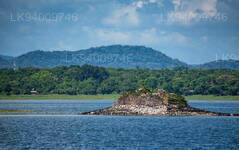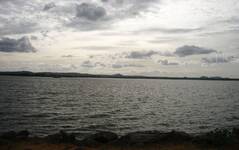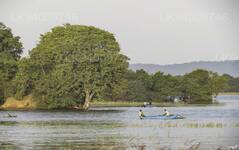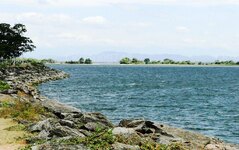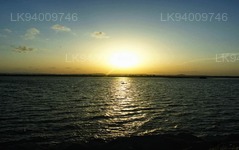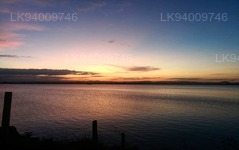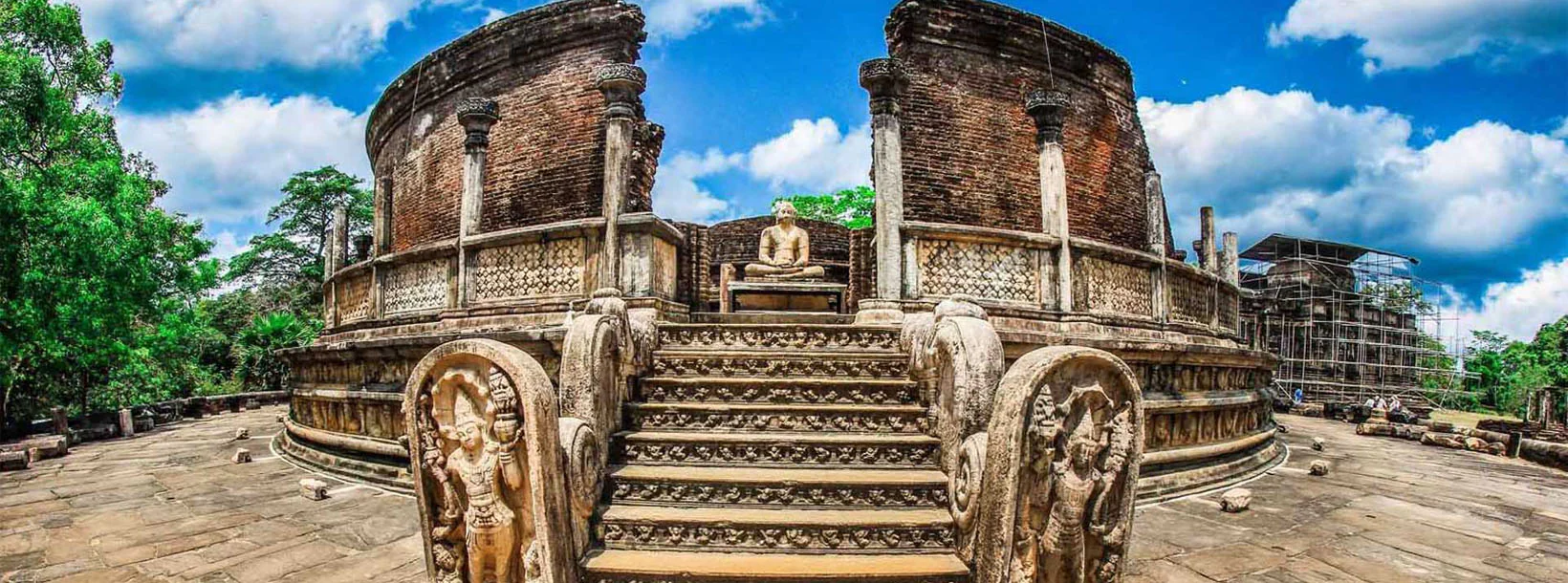
Polonnaruwa City
Polonnaruwa, a UNESCO World Heritage Site in Sri Lanka, was the country's medieval capital (11th-13th century). Renowned for its well-preserved ruins, including the iconic Gal Vihara statues, it showcases impressive architecture, reflecting the grandeur of the ancient Sinhalese civilization.
Parakrama Samudra
Parakrama Samudra: The Sea of King Parakramabahu
Sri Lanka has two large monsoon seasons, each lasting about three months. The rest of year remains dry and hot, except for a few short heat induced thunderstorms at night. This climate, with its lack of regular water, can have a devastating effect on those who make a living from agriculture. Parakrama Samudra in Sri Lanka was one such solution to the problem of lack of water.In an attempt to alleviate this problem, many ancient kings built reservoirs that regulate water. Parakrama Samudra too is such a construction built in Polonnaruwa by King Parakramabahu the first who ruled there from 1153 AD to 1153 AD. The Sea of Parakrama or Parakrama Samudra originally consisted of five large reservoirs which relieved the pressure on the main dam. The first reservoir Thopa Vewa already existed in King Parakramabahu’s time having been built in 386 AD. The king had the other large reservoirs included and the entire system expanded. In addition, many smaller reservoirs were built around the primary reservoirs to feed them water and to take away any excess water.
Parakrama Samudra:The Main Reservoirs of the Original Parakrama Samudra
1. Thopa Vewa
2. Eramudu Vewa (Katu Vewa)
3. Dumbuthula Vewa
4. Kalahagala Vewa
5. Bhu Vewa
However, during reconstructions in the 19th century the water being fed to Thopa Vewa started flowing to Bhu Vewa as a result of some new structural error. With a possibility of destruction from flooding hanging over their heads, the engineers made the quick decision to build a temporary dam to halt the water flow. Unfortunately this separated the last two reservoirs, Kalahagala Vewa and Bhu Vewa, from the system completely. The temporary dam became a permanent road isolating the first three reservoirs into a smaller version of the originally vast Parakrama Samudra. In addition the reconstructions further reduced the capacity of the reservoir due to completely ignoring the complex ancient technology it was built with.
Parakrama Samudra:The Current Dimensions of Parakrama Samudra
Length : 14km (8 ½ miles)
Height from the outside : 12.2m (40 feet)
Average Depth : 25 feet
About Polonnaruwa District
Polonnaruwa is the 2nd largest city in north central province in Sri Lanka. The ancient city of Polonnaruwa has been declared a World Heritage site by UNESCO Polonnaruwa has a great history of conquest and struggle behind it and rightfully forms the third element in the Cultural Triangle. Located about 140 kms north east from Kandy,Polonnaruwa offers hours of endless pleasure for history and culture lovers, as there are numerous sights of significance.
Much of the physical ruins standing today are credited to King Parakrama Bahu I who spent many royal resources on town planning, including parks, edifices, irrigation systems and so on. The period of his rule is considered a golden age where the kingdom thrived and prospered under a visionary ruler. The Parakrama Samudra is a mammoth tank and named after its patron. The popular kings Royal Palace, the Audience Hall encircled by beautifully carved stone elephants and the Bathing Pool reflect the superior engineering capabilities of the time.
About North Central Province
North Central Province which is the largest province in the country covered 16% of total country's land area. North Central Province consist two districts called Polonnaruwa and Anuradhapure. Anuradhapura is the largest district in Sri Lanka. Its area is 7,128 km².
North Central Province has numerous potentials for Investors to start their Businesses, especially Agriculture, agro based industries and Livestock sectors. More than 65% of North Central Province's people depend on basic Agriculture and agro base industries. NCP also called "Wew Bendi Rajje" because there are more than 3,000 medium and large scale tanks situated in the province. Sri maha bodiya, Ruwanweli seya, Thuparama dageba, Abayagiri Monastry, Polonnaruwa Rankot wehera, Lankathilake are scared

